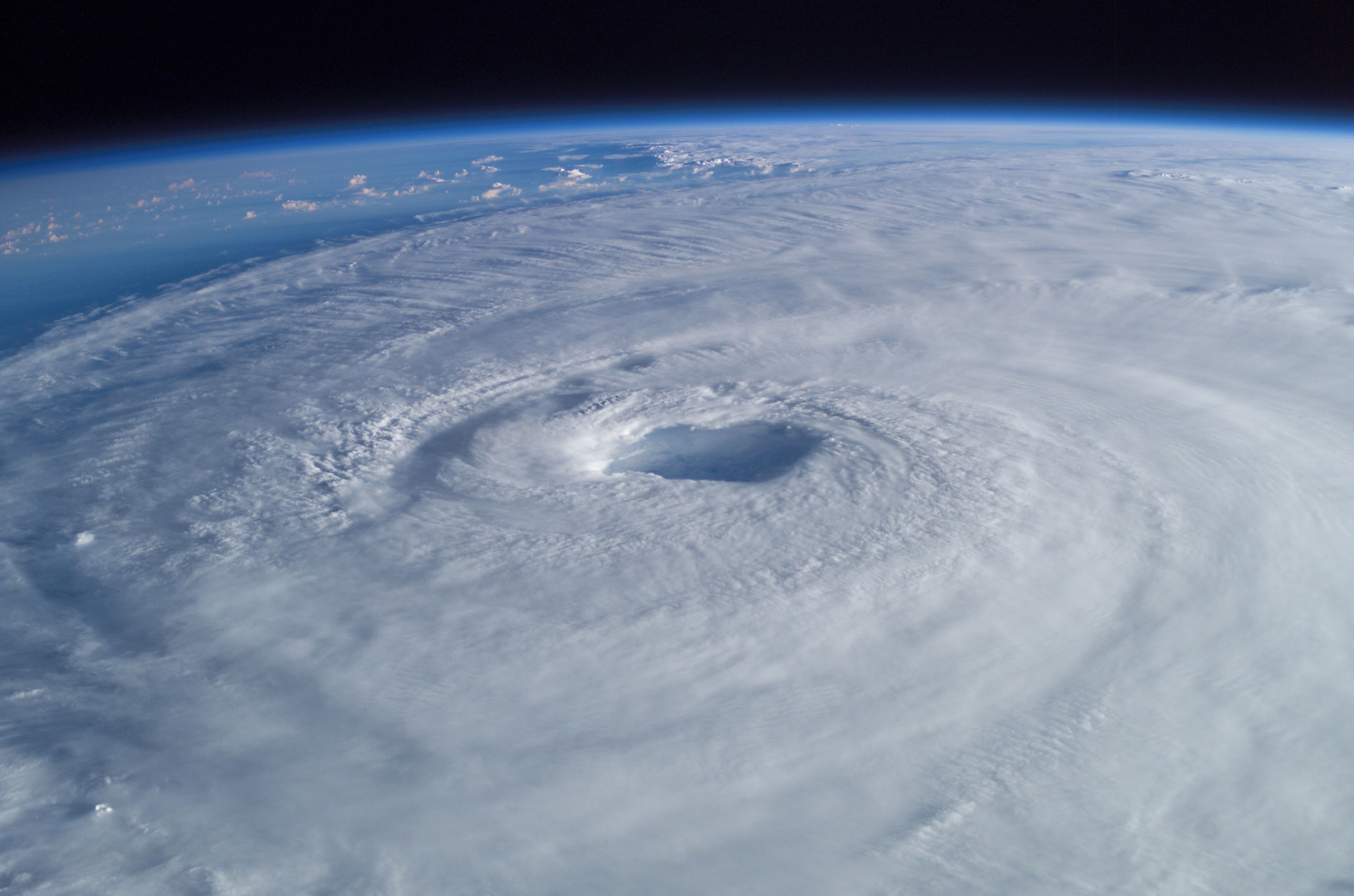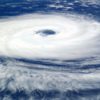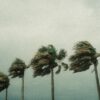Hurricane Season Begins
June 1 marks the official start of the 2017 Atlantic Hurricane Season. Meteorologists at the National Oceanic and Atmospheric Administration (NOAA) are predicting that this year’s hurricane season, which runs from June 1st through November 30th, may be more active. The current forecast models suggest an above-normal hurricane season with the potential for as many as 17 named storms. Of these 17 named storms, 2 to 4 could possibly develop into major category 3 or larger hurricanes capable of producing winds well above 111 mph.
In comparison, a normal storm season typically produces 12 named storms of which an average of 3 of which build in intensity and become classified as major hurricanes. In the video below, Dr. Gerry Bell, the lead Seasonal Hurricane Forecaster at NOAA provides a more detailed look at the 2017 Atlantic Hurricane Season.
Although the hurricane outlook is cause for some concern, the increased number of storms does not necessarily correlate with an increased frequency of landfall. There are too many variables to accurately forecast the amount of landfalls the US will experience in a given year. A particular storm season may produce a large number of storms but have few, if any, landfalls. In contrast, Hurricane Andrew, which devastated South Florida in 1992, was birthed during a season that only recorded 6 named storms. This uncertainty necessitates that coastal residents be prepared regardless of outlook.
Hurricane Preparation
Proper disaster preparation saves lives and also helps recovery after an event impacts and area. Preparation should be done well in advance of hurricane season. There are many organizations and websites that provide valuable information regarding preparation for disasters: ready.gov, The National Weather Service, The National Hurricane Center and FEMA to name a few. The information provided by these websites generally recommends a version of the steps below.
-
Determine your vulnerability
When most people think about the dangers associated with hurricanes they think of the destruction caused by the high winds. In actuality, 9 out of 10 fatalities related to hurricanes are due to drowning. Just because your home isn’t on the coast doesn’t mean flooding isn’t a concern. Intense storms can cause flooding to extend hundreds of miles inland and also produce additional severe weather like tornadoes. Part of determining your vulnerability is to research whether you reside in a hurricane evacuation area.
Maps of Evacuation Zones
NOAA Coastal Services historical hurricane tracks tool
-
Evacuation and communication planning
If you reside in an area prone to hurricanes, it is important to heed evacuation notices and have a plan in place in case you need to retreat. The majority of evacuations are ordered because of the threat of storm surge. Storm surge is caused when water is pushed on shore by the high winds generated within a hurricane. Storm surge can devastate coastal communities and reach heights over 20 feet.
If you are urged to evacuate, it is very important to have prepared ahead of time where to go and how to get there. If a severe storm approaches, emergency officials will provide updates on evacuation routes and shelters, but it is a smart idea to develop a household plan ahead of time. A household plan will insure that you are prepared in case you have to leave quickly and that the proper steps have been communicated to do so safely.
-
Buy Supplies
Arguably the most important step in creating a household evacuation plan is assembling the necessary supplies to get through the storm and its aftermath. These supplies should be gathered well in advance of storm season and packaged for quick retrieval, in an easily accessible area of the home. There are numerous resources online regarding preparation of a proper disaster supply kit, but the Federal Alliance for Safe Homes has compiled a pretty extensive list.
Disaster Supply Checklist
-
Check Insurance Coverage
Homeowners and renters need to insure that they are properly covered in the event of severe weather impacting their homes and property. Standard home and renters insurance does not cover flooding, so it’s important to purchase any needed coverage well in advance of potential threats. Cars, boats and other personal property may also need additional coverage, and it is a best practice to contact your insurance company representative for more information on how to protect your property.
-
Make copies of important documents
It’s a good idea to make copies of important documents and include them in your disaster kit. Include in your kit any documents that can be used in the event that you need to prove ownership and/or insurance coverage of your home, vehicle, boat or other personal property that may have been damaged or moved from its current location due to high winds and flooding. The advent of cloud storage offers an additional way to back up and secure important documents and personal data. Placing electronic copies of important documents and other personal data like family photos, medical records or financial documents online, ensures that these items will be accessible once you are able to reconnect to the internet. There are numerous companies that provide low cost and even free cloud storage.
-
Protect your home
If a hurricane watch or warning has been issued for you home, it is possible to mitigate some of the potential damage. Covering windows and doors with plywood is a common site on homes in hurricane prone communities. This plywood can help protect against damaging winds and provide additional security for the home. Residents can also trim trees and secure potential wind-driven debris around their home.





One Comment